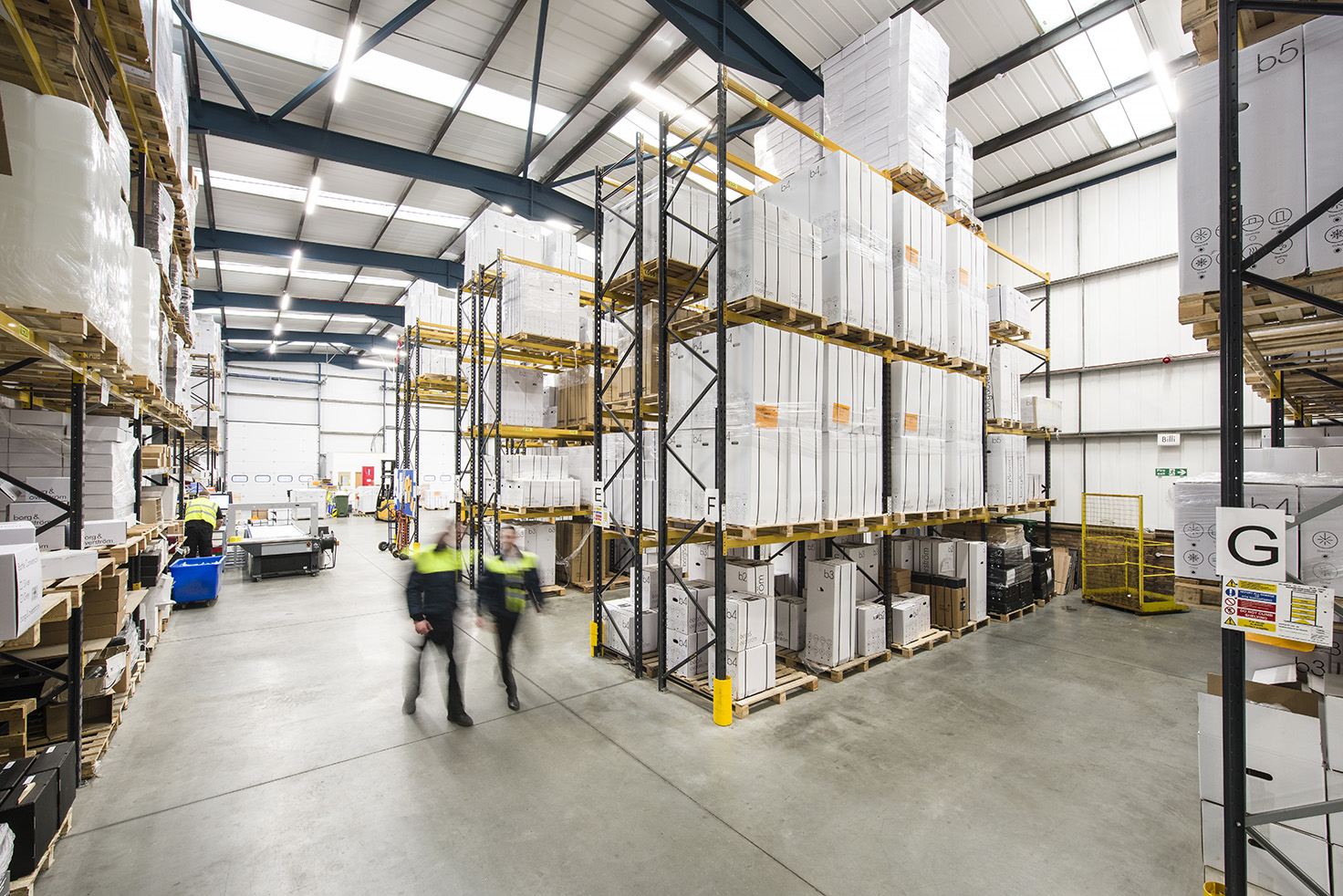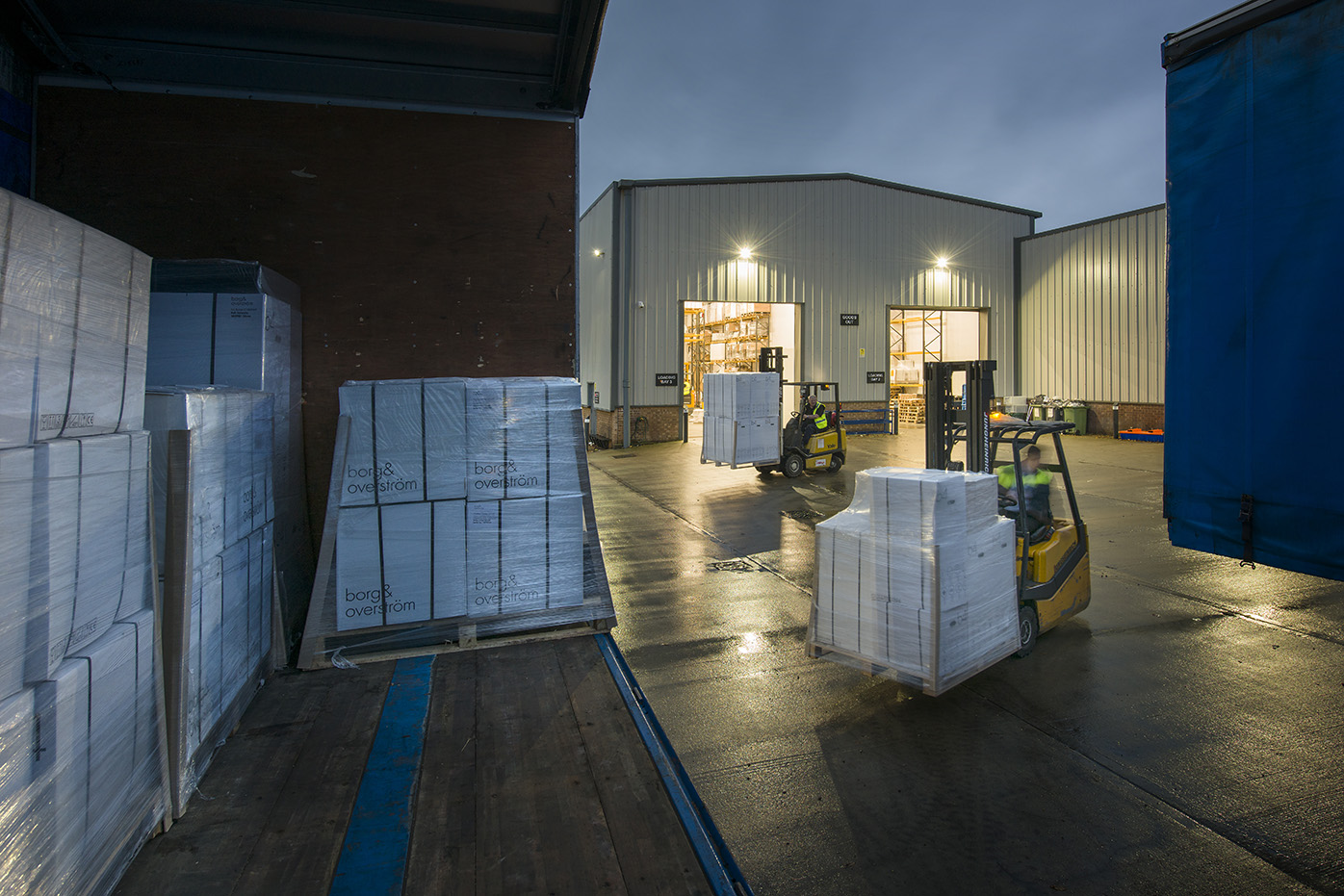What drives cost in 2022?

Straight talk on cost, pricing and the supply chain, from a manufacturer’s perspective
Money is the first thing on your mind in all matters of business, and we completely understand why. Welcome to the first entry of a new Learning Centre series going all-in on cost and pricing.
Though there is always more to a product’s worth than the sum of its parts, it never hurts to know the facts on what those components are, where they are coming from and which factors are easing or obstructing their global movement. The following is a summation of the landscape all manufacturers and distributors are navigating in the drinking water industry.
Raw materials, components and movement
Around 75% of the raw materials and components Borg & Overström uses are sourced from outside the UK. Though our recent initiative to expand nearshoring through the T2 launch has proved a success, no company can be fully insulated from the wider effects.
Shipping container costs rose sharply in January of 2022 at a 500% average. The example listed saw container costs going from £1,600 to £10,000, which is a 525% increase. European businesses have had a hard time finding shipping routes to the US, and a subsequent downturn has resulted in container ships in parts of the world staying put, as they are not a high priority for movement.
And it’s not just shipping. UK to Europe freight costs are also up significantly, with approximately 10-11% of journeys freighting already finished goods and a 5% price increase overall. Vigilant readers can stay informed on the global shipping situation and its implications by studying DHL’s Ocean Freight Market Update.

Detail on water dispenser parts
We stand by our decision to prioritise user experience and distributor confidence in our product quality. We will continue to maintain the highest possible standards by only using the best quality materials in our water dispensers.
One of these premium materials is stainless steel, which is a primary component in Direct Chill™. Findings from MEPS international have seen increases averaged out at 13.5% but rising as high as 40%.
A large proportion of our dispensers’ panels use ABS (Acrylonitrile butadiene styrene) for plastic production. The cost increase on this has gone up 81% – driven by higher demand, increased scarcity and dramatic rises in oil costs.
The quality of our packaging is a significant investment, not only to protect the water coolers inside, but as a continuing affirmation of our brand strength and excellence. Cardboard costs have increased between 7.5 and 8% – as their raw mulch component has itself risen by 30% This in turn has been exacerbated by a 70% growth in online sales.
Another increase we’ve had to accept is a 5.5 to 6.5% rise on water fittings used in our dispensers.
Conclusion (for now)
But, there are plenty of reasons not to be cynical. As always, the situation remains in a state of fluctuation. Though we find ourselves in an unpredictable situation, positive news is still coming through, and we need not ascribe unpredictability to negativity. Though shipping costs peaked at a stunning 525% this appears to have been just that: a peak.
Last month, Investors Chronicle pointed out that such costs have since fallen back, closer to pre-pandemic norms. For example, the original cost for containers for Asia was 2500 USD, peaking at 21000 amid pandemic difficulties. It has since come down to 16-18. High, but not impossibly so, and we have no reason to believe such costs cannot fall further.
The situation moves fast, and as we are only nearing the six-month mark of 2022, our best output of information will need frequent updating. Stay informed and equipped in this new marketplace by frequenting our Learning Centre.
Whether distributor, end-user or just curious about the state of the drinking water market, you can have bespoke questions answered by reaching out directly to our team.
